Dr. Kevin Donnelly’s new release, ‘Cancel Culture & The Left’s Long March,’ published by Wilkinson Publishing, is an Australian first.
Aussie academics have teamed up to produce a long-overdue scholarly rebuttal of the influential Radical Left’s Maoist inspired Culture War (p.62).
Connelly’s authors aren’t numb to the stresses of everyday life, or ignorant of the chasm between the non-fiction of real life, and the ‘fiction over facts’ life of social media netizens. Its content isn’t long-winded, verbose, nor does it come from a group of high-minded ivory tower theorists.
His compilation of essays comes from a broad spectrum of professionals who’ve directly felt the impact of Cancel Culture in their respective fields.
Some of whom have lived some of their professional life staring down the barrel of Cancel Culture’s fully locked, and loaded “fall in, line up, goosestep in unison, or else!” gun.
With contributions from the more well-known personalities such as Geologist Ian Plimer, Former Prime Minister Tony Abbott, Sky News host Peta Credlin, and Independent scholar Dr. Stephen Chavura, the book introduces other ‘culture war warriors’ Kevin Donnelly, Gary Marks, Jennifer Oriel, John Steenhof, Anthony Dillon, Patrick Byrne, Dr. Fiona Mueller, and Kristian Jenkins.
For all that ‘Cancel Culture & The Left’s Long March’ teaches, it is a well-informed push-back, as much as it is a group of concerned academics drawing a powerful line in the sand.
The book has left me somewhere between anger at Western apathy, disappointment with society’s quick surrender, and being buoyed by its impassioned intellectual plea to step up the fight in a war no one wanted, but were forced onto fighting because the Radical Left will not tolerate an opposing viewpoint or any viewpoint that doesn’t enhance, deify or support their own.
What this means is actuating a firm “no” to the totalitarian Left’s imposition of new cultural law; laws that are designed to cancel out civil liberties, the family unit, science, and Biblically Christian based constitutional democracy.
As such, my overall response to ‘Cancel Culture & The Left’s Long March’ is this: every discerning voter needs to read this book as soon as they can.
At the centre of Cancel Culture’s black heart is a manufactured reset of society, that’s part of a broader new paradigm that measures good and evil by the yardstick of ‘safe versus dangerous, instead of true versus false.”
It’s why ‘those who value Western Civilisation must be vigorously opposed to the never sleeping militant left’s totalitarian agenda’ (p.30).
One of the significant features of Donnelly’s work is the depth of knowledge its authors have about their subject matter.
Gary Marks, for instance, gives a strong overview of the New Left’s, Marxist Frankfurt School, its origin, mandate, and founders.
Donnelly runs through the tactics of infiltration used not for the purpose of educating children in Australia, but re-educating them.
For example, he says, ‘instead of being an impartial and balanced pursuit of knowledge, wisdom and truth’, education curriculums emphasise ‘politically correct language, ideology and groupthink.’
He grimly adds, ‘where English once involved teaching clear thinking and the importance of logic and reason when evaluating arguments and differing points of view as a result of [Marxist/New Left] critical theory and post-modernism, students now judge arguments according to how they feel’ (p.35).
Similarly, ‘beauty’, writes Jennifer Oriel, ‘is replaced by a simulation that is culturally impotent.’ University ‘leaders have so diminished freedoms that the miseducated are taking the uneducated into a realm of darkness’ (p.51).
Her examples include the cancelling of non-leftist speakers on campuses, to booting academics for expressing leftist wrong-think with whip statement terms like the ‘thought-terminating cliché Islamophobia’; manufactured for the ‘purpose of beating down critics’ (p.59).
As Oriel writes, the New Left’s ‘neo-Marxist colonisation of the university’ replaced ‘the pursuit of objective truth and classical liberal education with revolutionary education that taught students what to think’ (p.57).
Dr. Fiona Mueller concurred calling the new cultural left’s triumph over our educational institutions, and the ‘ideological intimidation epitomised by cancel culture’ (p.75), the ‘closing of the Australian mind’ (p.67).
‘Cancel Culture & The Left’s Long March’ indicates a significant cultural shift; it’s a watershed proclaiming the counter-culture, though forced underground by radical leftist jihadism and its Cancel Culture crusaders, is a thriving community, determined in their resistance to stop a resurgence of bloodthirsty 20th Century authoritarianism.
As Daintree said, while noting that this takeover of the masses was a consequence of postmodernism’s rejection of objectivity, there are ‘signs things will improve.’
The emergence of ‘small liberal arts institutions like Sydney’s Campion college’, for instance, as well as ‘the Ramsey foundation’, and intellectuals in the same calibre as Sir Roger Scruton, and Jordan Peterson, encourage us to ‘reverse the darkening influence’ of those who fixate on identity, gender, and sexual preference (pp.93 & 94)
Speaking of the COVID-19 response, Tony Abbott adds ‘it’s vandalism to demolish anything when there’s nothing better to replace it with’; society has ‘gone beyond accommodating people’s fears to the point of playing on them’ (pp.102 & 104).
It’s this well-ordered, plainly stated insight that allows ‘Cancel Culture & The Left’s Long March’ to take its author’s much needed objective message beyond the corridors of the academy into the colossal subjective Thunderdome of post-modern society.
Cancel Culture is the culture of death equivalent of “life unworthy of life.” The same issuing of demands for ideological conformity under both Nazism and Communism, which forged a legal wall of silence around Stalin’s Gulags, and purges; and euthanized contemporary criticism of Auschwitz, Dachau, Ravensbruck and Buchenwald (among others).
As John Steenhof points out ‘Australian laws are being weaponised to silence religious voices and to cancel religious Australians who express ideas that are discordant with the atheistically secular ideological fashions’ (p.109).
Israel Folau is the primary example of how weaponised ‘vilification laws are abused.’ Dr. Jereth Kok a Victorian G.P. is another.
Jereth was ‘suspended from practicing medicine after an anonymous complaint from an activist triggered the Medical Board to suspend his licence, alleging that his conservative Christian political views made him a menace to his patients. Despite his patients ‘never complaining about his professionalism’ (pp.114 & 115).
This should send a chill up and down the proverbial spine of Western society. The same callous hands which gripped Europe in the 20th Century, are wrapping its cold, dead, bony fingers around the necks of Western society.
Perhaps the greatest outworking of this cultural-leftist toxin is the Left’s vile misuse of Aboriginal Australia, where ‘fuzzy sounding and emotive words or phrases – like “first nations people”, “connecting with country”, “institutional racism” – that have no precise meaning, are used to bolster an argument to make an opponent look sinister, or make the one using the rhetoric sound intelligent and morally superior.” (p.126)
Anthony Dillon writes, ‘such [CRT] rhetoric is a smokescreen’ used by “whinger ninjas” [sic.]. They turn attention away from the ‘fact that very often the worst offenders in treating Aboriginal people badly are other Aboriginal people’ (p.129).
Critical Race Theory [CRT] and Queer theory share the same genetic origins in New Left Critical Theory, formed by the reduction of society into an oppressor and oppressed class, with related post-modern, historical revisionism to justify it.
Queer theory, says Patrick Byrne, opposes the ‘biological worldview.’ It cancels criticism on the false moral relativist view that biology is a social construct.
Byrne compares gender dysphoria to anorexia, where the ‘anorexic female’s perception of her body as obese is in conflict with the reality.’ If we’re forced to affirm gender dysphoria, because not to do so is labelled “transphobic”, will they also ‘insist on supporting a person with anorexia nervosa’ to ignore their biological fact for subjective fiction? (p.143).
Ian Plimer and Stephen Chavura conclude the book.
Plimer impressively argues it’s the ‘sun that drives the surface temperature of the planet’, not carbon dioxide. Writing, ‘it has never been shown that human emissions of carbon dioxide drive global warming’ (p.162)
He also explains how the ‘Climate cult’ has manufactured the “Climate Crisis;” Stating that ‘science is tribal, is politicised, and because science is government-funded, has a tendency to follow the party-line.’
Adding, this ‘Climate change cult is part of the ‘cancel culture community masquerading as science.’ We know this because basic questions such as “how do we know what we know?’ is considered a seditious and offensive question (p.164).
Cancel Culture’s biggest tool says, Chavura, is Social media. Its ‘virtual mobs’ are unlike anything seen in history, and the ‘only speech they tolerate is that which conforms to the leftist social agenda.’
He writes, ‘at the end of the day cancel culture thrives on timidity, and codes of free speech,’ as opposed to Cancel Culture’s obsession with arbitrary, and ambiguous “hate speech” rubrics, that often are used to silence speech the Left hates.
The power of Cancel culture’s effectiveness is limited by the attention we feed it.
‘Cancel Culture & The Left’s Long March’ a book of criticisms, and observations.
I’m confident in saying that it is one of the most important books I’ve read in a while.
Donnelly’s well put together compilation isn’t a manifesto, it’s a response to, and exposition of demonic false doctrines, deceptively emerging from the hegemonic leftist swamp as a liberating, benevolent force.
May we see more academics follow these courageous few.



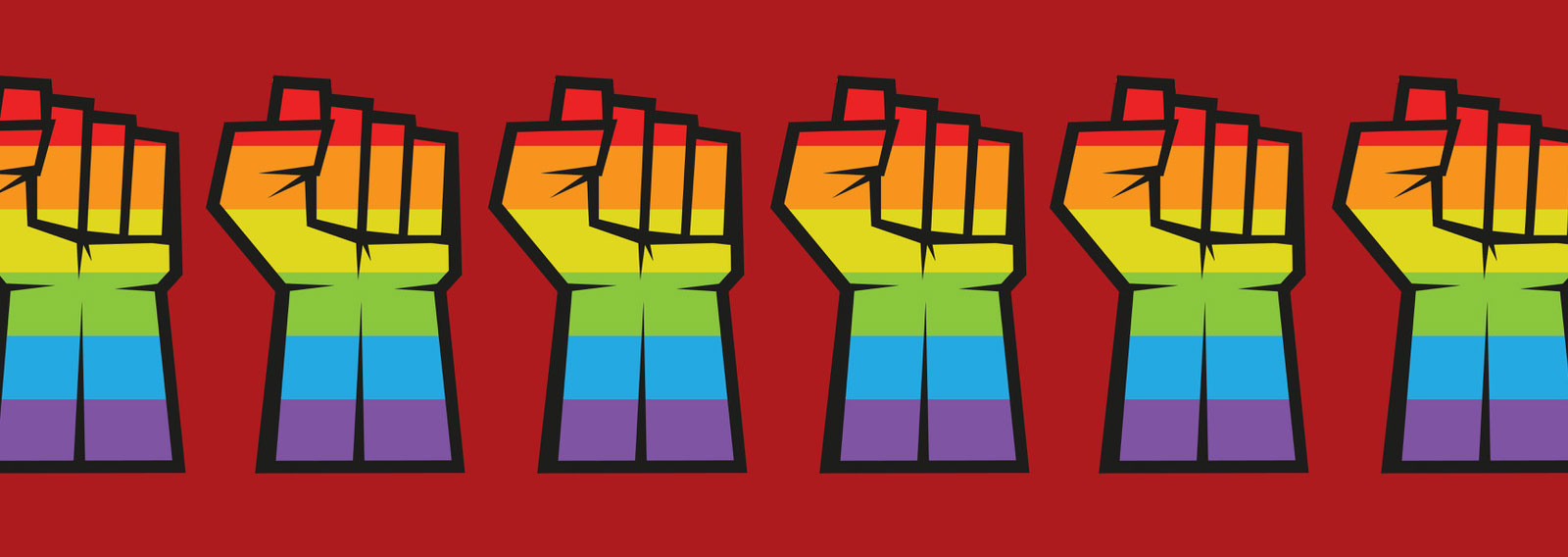
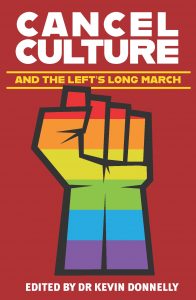





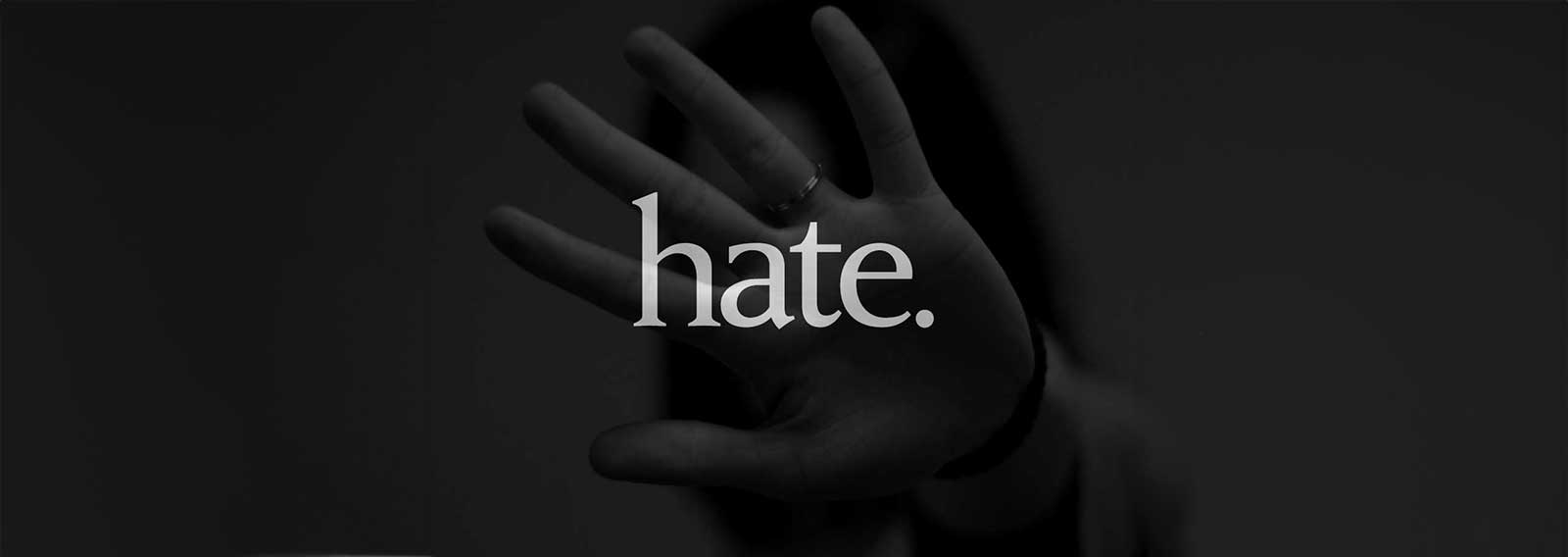

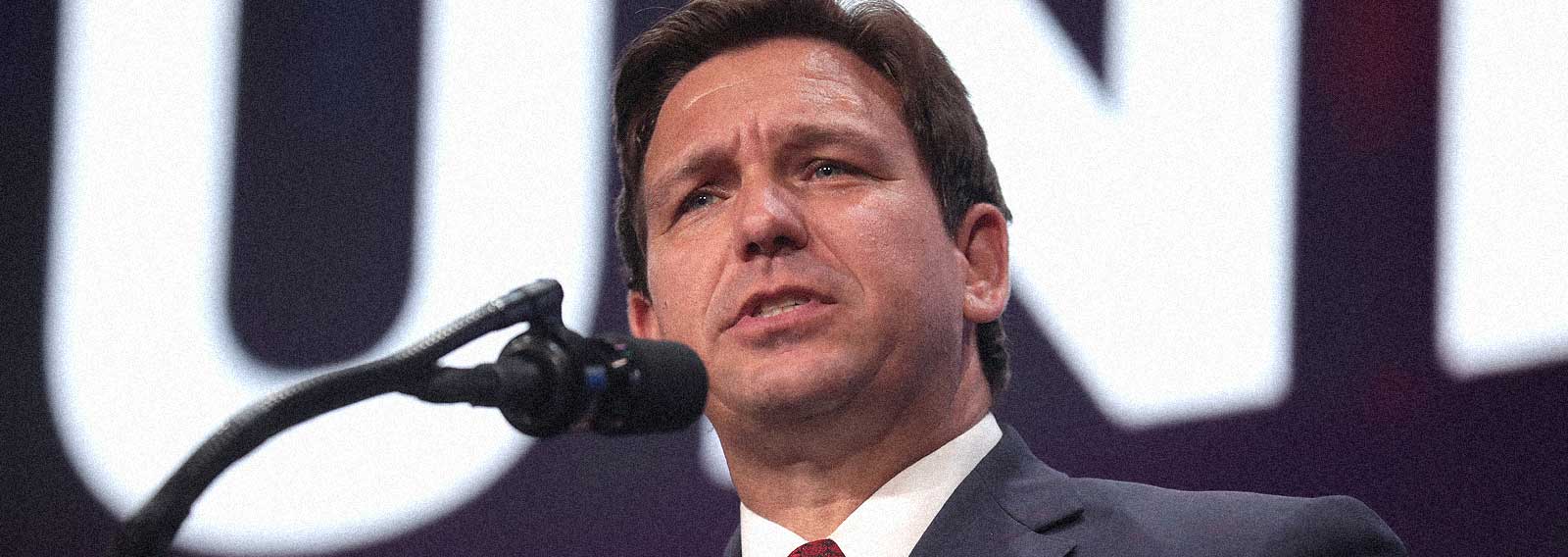

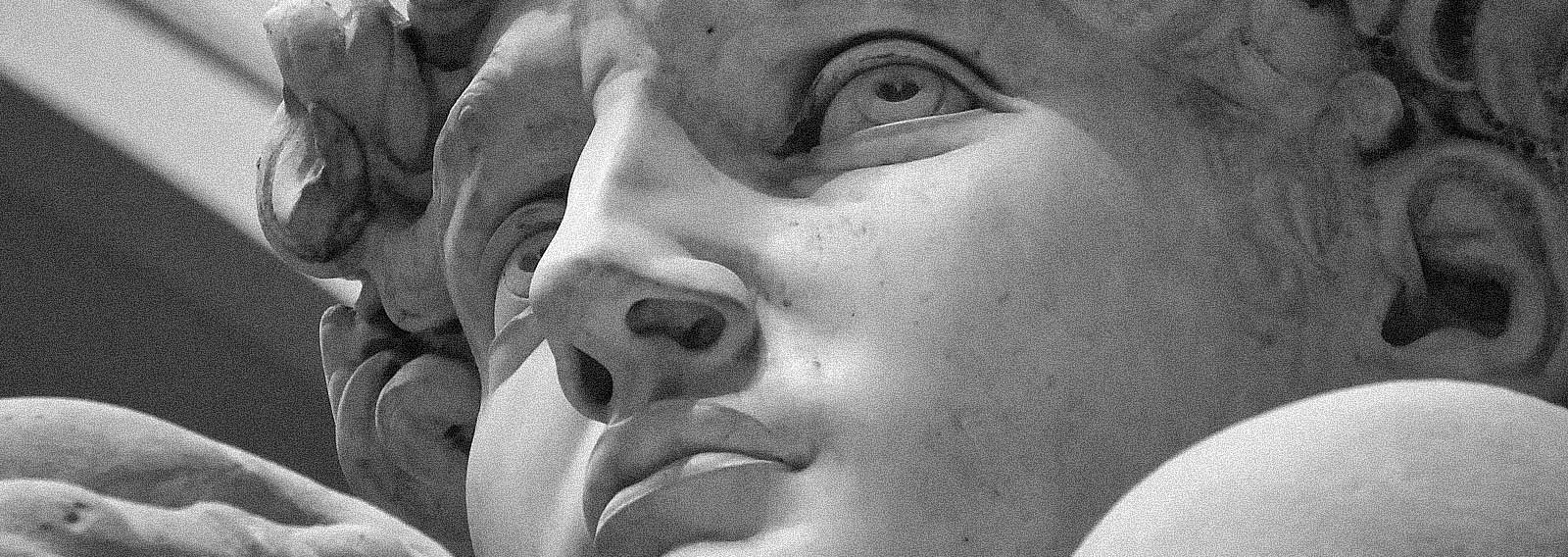


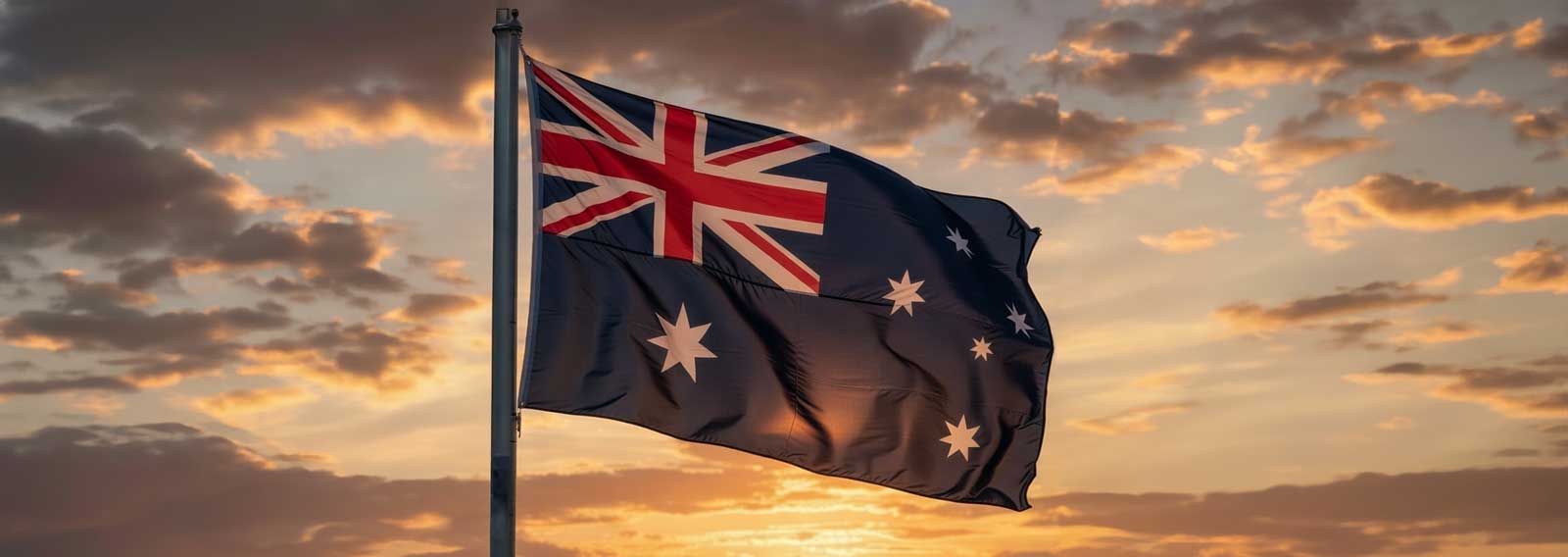

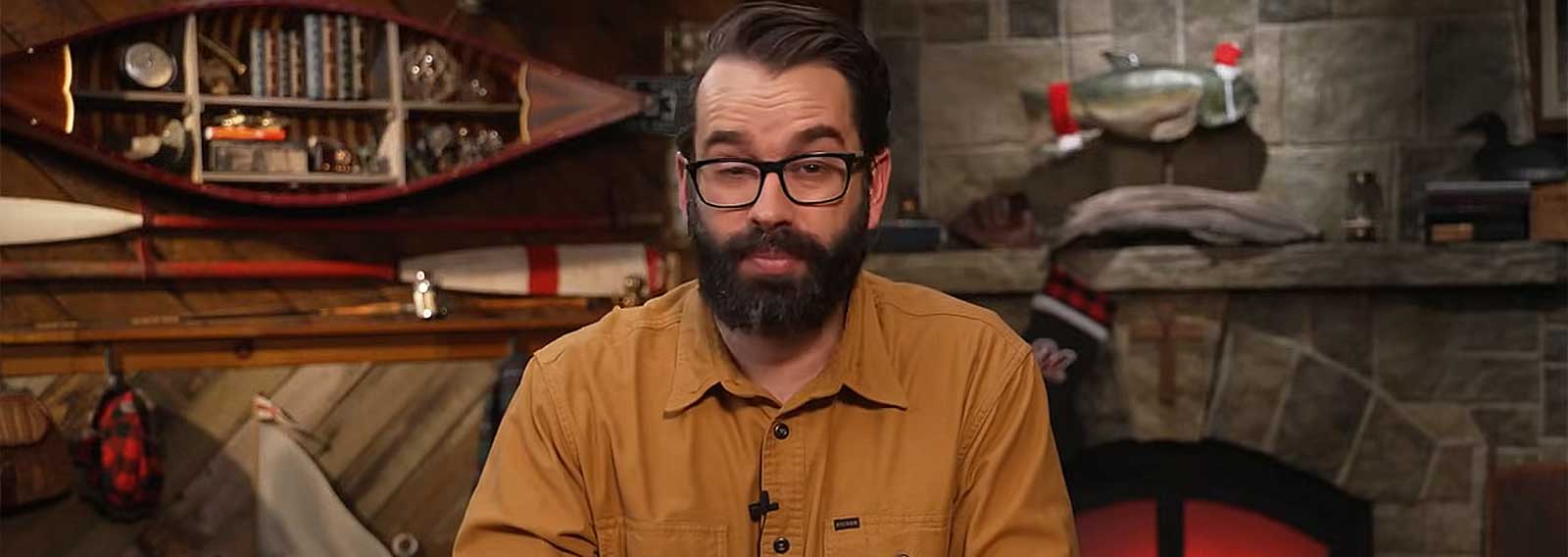




You must be logged in to post a comment.